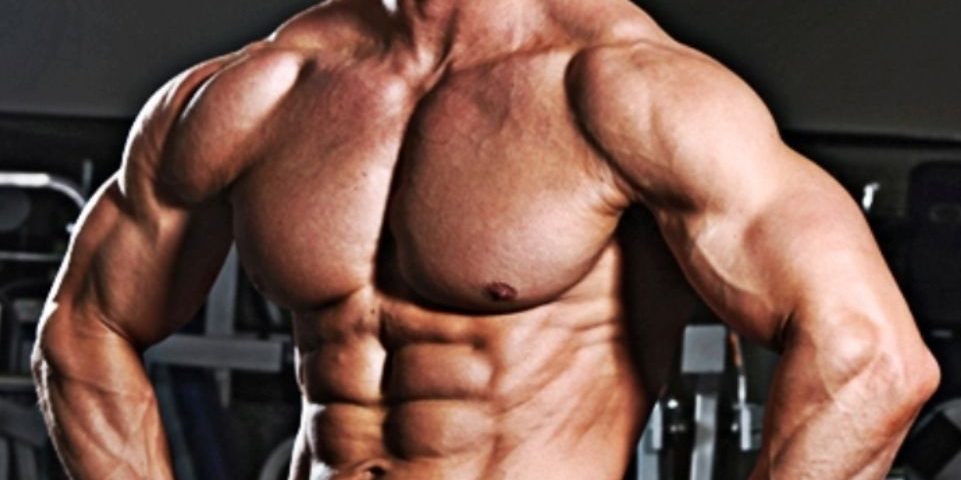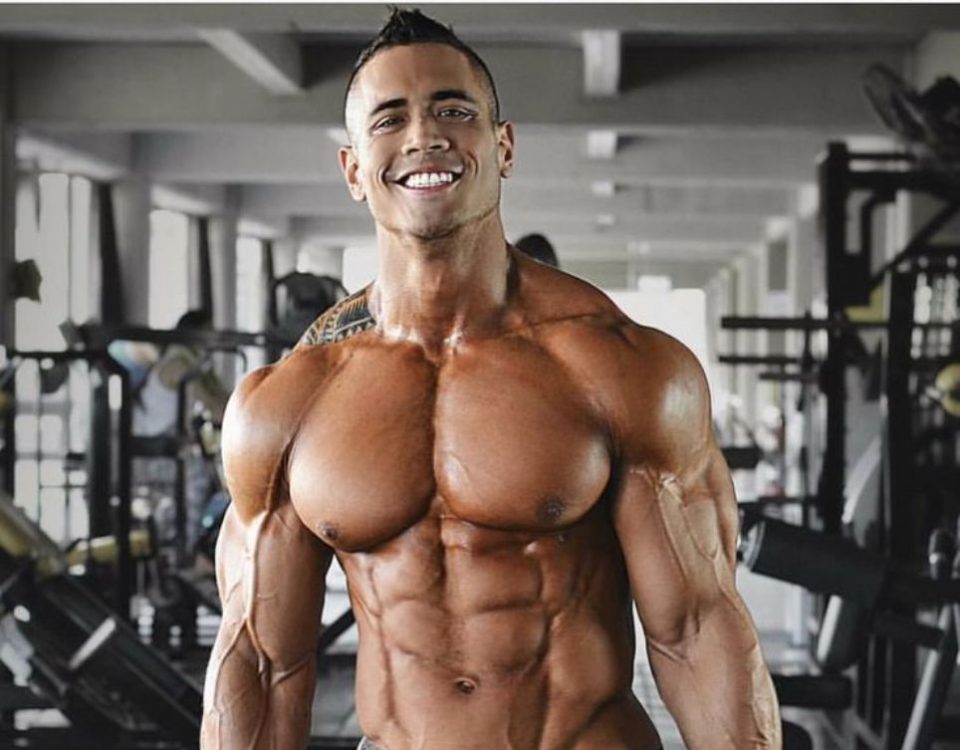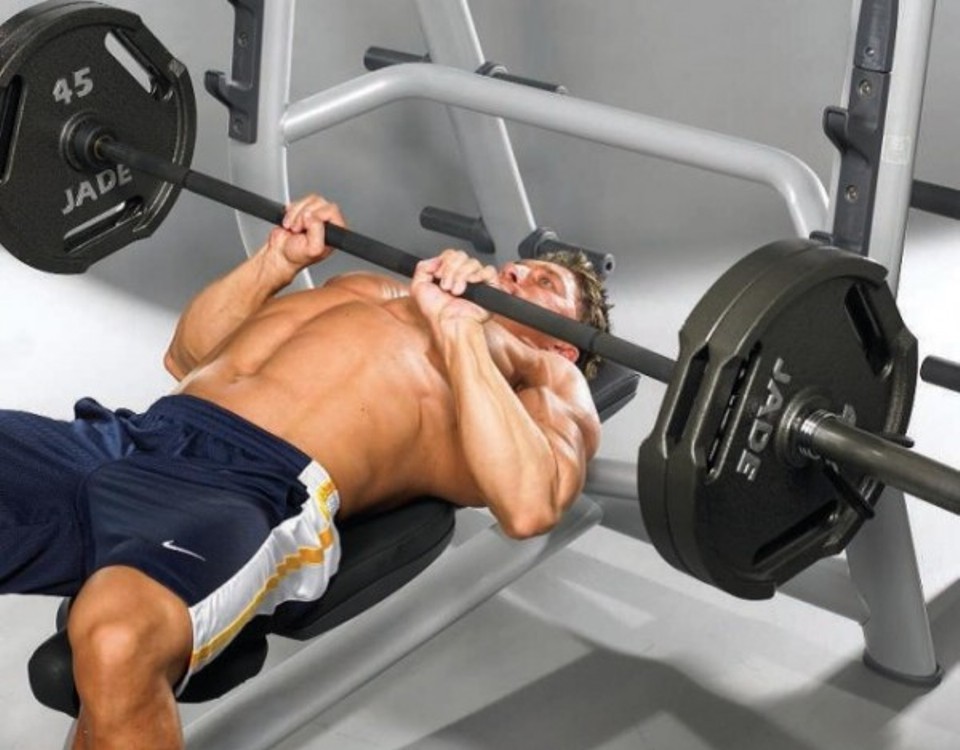How to Build a Full Big Balanced Chest Fast

For most lifters benching heavy is not an issue. However, most don’t have that full big balanced chest that they want, either their chest is underdeveloped or lagging. Benching heavy weights doesn’t usually correlate to a big balanced chest. Building a building big and balanced chest requires more than lifting heavy weights. It demands an effective training strategy that is: performing chest moves correctly using good form, proper exercise and weight selection, intelligent routine setup and programming, and understanding training techniques.
Tip 1: Focus on incline movements first
The reason why most people have an under-developed or lagging chest is because they focus too much on flat bench exercises all the time then do little or no incline movements in their workouts. This makes their lower and middle chest well-developed while their upper pecs are lacking in a big way. Your chest workouts should start with inclines moves first especially if your trying to build a balanced chest. Always work the chest from top to bottom by starting your chest routine with incline movements first followed by flat moves, and finishing up with decline moves. This will boost your chest development and build a nice, overall balance throughout your chest.
- Start your chest workout with incline moves first and then move your way down to the middle and lower chest. Also, Vary the bench angle by a notch from one workout to the next or during that same workout and take a slightly wider or narrower grip to target the different areas of the chest. This will hit not only the upper pecs but also the middle chest at the same time
Tip 2: Use correct form and technique
Most people associate benching big weights to a big chest. This causes them to sacrifice form for the weights sometimes. Lifting heavy weight doesn’t necessarily equal a big chest if your form is not on point. Most people make this mistake when working out pecs. They lack control and just jerk the weight up any way they could and sometimes bounce it off their chest. This not only causes injuries but also you make you less likely to stimulate the muscle which is critical for muscle growth. Remember you are not just trying to move the weights in any way you can from point A to B, your goal is to stimulate the pec muscle. So use correct form and technique to target the chest muscle correctly and forget about pounding out reps mechanically. Stimulating the muscle with slower, controlled reps is the best way to coax the muscles into getting bigger and stronger.
- Regardless of what you do in the gym, one thing matters above all else: technique
Tip 3: Use muscle and mind connection
I emphasize this a lot in most of my training posts because it is one the most effective training insights that I have discovered. If you think about it, training is for the most part more mental than physical. This why a muscle-mind connection is so crucial. By being mentally focused and connecting that mental energy to your muscles, you create success in any of your workouts enabling to get stronger, bigger, and push through your previous limits. Studies have in fact shown that a strong mind-muscle connection can help spur growth and strength gains.
- Center your attention on the muscle and the performance of the exercise including its rhythmical movement. Remain focused the muscle on each rep and hold the vision of what you want the muscle to look like in your mind. Picture your muscles working and visualize them getting bigger and stronger as you lift.
Tip 4: Change your lifting frequency
Another trick to throw into the mix to build your chest fast is upping your training frequency for the chest to twice per week, while all other body parts remain at a once-weekly workout frequency. You’ll train chest separately, by itself early in the week, and then work it again a few days later with maybe another body part like triceps or biceps. This gives you two opportunities to work your pecs thoroughly and target every muscle fibers from every angle with different exercises.
Tip 5: Use isolation movement to shape the muscle
In addition to pressing movements, use isolation exercise such as flies, crossovers, and dips to add size, shape, and details in your pecs. Building a full balanced chest effectively requires also an emphasis on isolation movements with a wide range of motion. The isolation moves allow you to hit the chest muscle fiber from every angle which adds size, shape, and detail in the outer, inner, and lower regions of your pecs.
- Lighten the load and go to failure and slow down your rep speed and make sure that your pecs do the bulk of the work, not your shoulders and arms
Tip 6: Use advanced training techniques to add intensity
Use advanced training techniques to add intensity and push the chest muscles past failure. Adding such techniques causes the muscles to work harder and create muscle confusion. Various intensity techniques can be used to add variation in reps, sets, weights, exercises, and rest periods into your workout routine. Intensity techniques such as drop sets, rest-pauses, and forced reps are excellent for chest and can be used to stress every muscle fiber substantially and create greater muscle-fiber damage and greater muscle damage means more muscle gains and strength. Use one these techniques during your chest workout, however, don’t overuse them. These require a lot of recovery time and can lead to overtraining if not used wisely.
The Workout
Try this following chest workout routine twice a week with 2 to 3-day rest in between for the next 4 weeks.
Day 1

- Use Pyramids by increasing the weight after each set but staying within the assigned rep range.
Day 2

- Have a partner help you get 2-3 after reaching failure on your last two sets
- Do 2-3 drop sets on your last two sets




2 Comments
Aw, this was an exceptionally nice post. Finding the time and actual effort to produce a superb article… but
what can I say… I hesitate a whole lot and never seem to get nearly anything done.